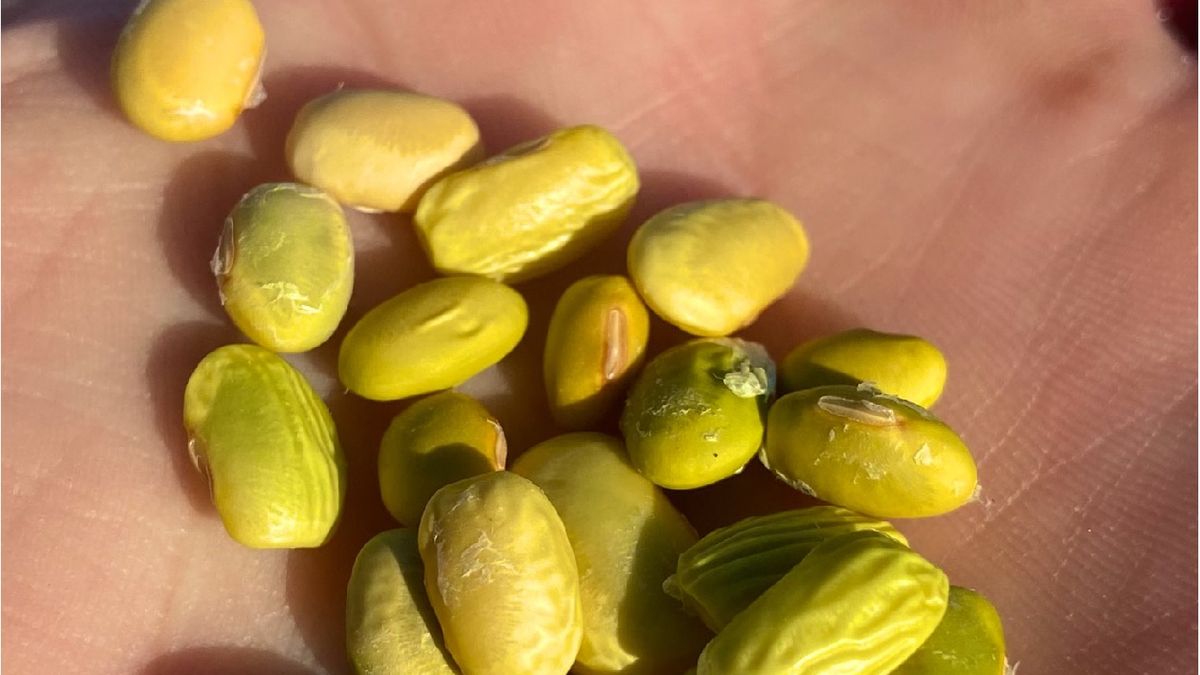The 2017 dry spell had a considerable effect on exports the following year. What will happen this year?
The Uruguayan producers They have great concern for drought that will leave consequences that are difficult to counteract for the Uruguayan economy. In particular, it reveals the situation of soybeans, one of the main export products and key in the country’s trade balance. How did this crop behave in the previous dry season and what effects did it cause for the agro-exporter GDP?.
The content you want to access is exclusive to subscribers.
2022 closed with a record of agro-industrial exports surpassing 10,000 million dollars, where growth of the economy was also achieved with a gross domestic product of around 5%. In this sense, soybean exports also grew by 16% compared to 2021, where did they go from 892 to 1.920 million of dollars annual, achieving a historic mark.


However, the beginning of this year does not seem to be promising due to a historic drought which is already leaving consequences in the crops, especially in one of the most important grains for the agricultural sector. The only situation that can be compared with this year is the drought between 2017 and 2018, although the severity of the water deficit that Uruguay is currently going through is greater, analysts agree.
In those years, low soybean exports affected the percentage of total exports in 2018, which is why the importance of this grain is highlighted. In 2018, the total increase in exports made from free zones, according to Uruguay XXI, was barely 0.4% totaling 9,088 million dollars. But this was affected by the poor soybean harvest since, had it not been for it, exports would have increased by 9%. At that time, the total exports of the oilseed was 526 million dollarsa 56% less than in 2017.
What will happen this year?
The hopes that the situation will improve for Uruguayan producers are few, the rainfall that took place were not enough and the forecasts are not favorable to solve the water deficit suffered by crops. Soy is in a very compromised situation with a 60% of crops ruined due to lack of water.
The agronomist Ishmael Turban confirmed to scope.com the situation has tendencies to worsen. “In the agricultural heartland and many areas, soybeans and corn were baled or grazed,” he said, adding that, compared to 2018, the impact on the Uruguayan economy would be much greater.
Source: Ambito




